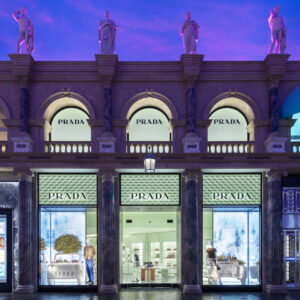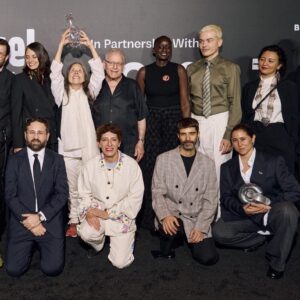The process of making ceramic art is a labor of love, particularly for the amount of process it takes. After coiling, molding or sculpting the clay, the glazing process proceeds like an oil painting: layer by layer color, glazes and underglazes are applied, removed and mixed. In addition, the result is often a crapshoot: what goes into the kiln is certainly not what will come out and the brilliance (or subtlety) of hues are often only revealed post-firing. An uncertain art, a ceramics practice requires a lot of trust, both in self and technology.
When collaborating with another artist, then, the need for trust in the face of a certainly unpredictable outcome is ever more essential. Today, New York-based artists Danny Kaplan and Bruno Grizzo have launched a line of hand hewn table lamps that prove it. Each unique piece in the new Talis Cube lamp collection consists of a ceramic base by Kaplan and decoration in paint by Grizzo, reflecting its stratified creation and the ever-blurred lines between art and design.










 in your life?
in your life?

